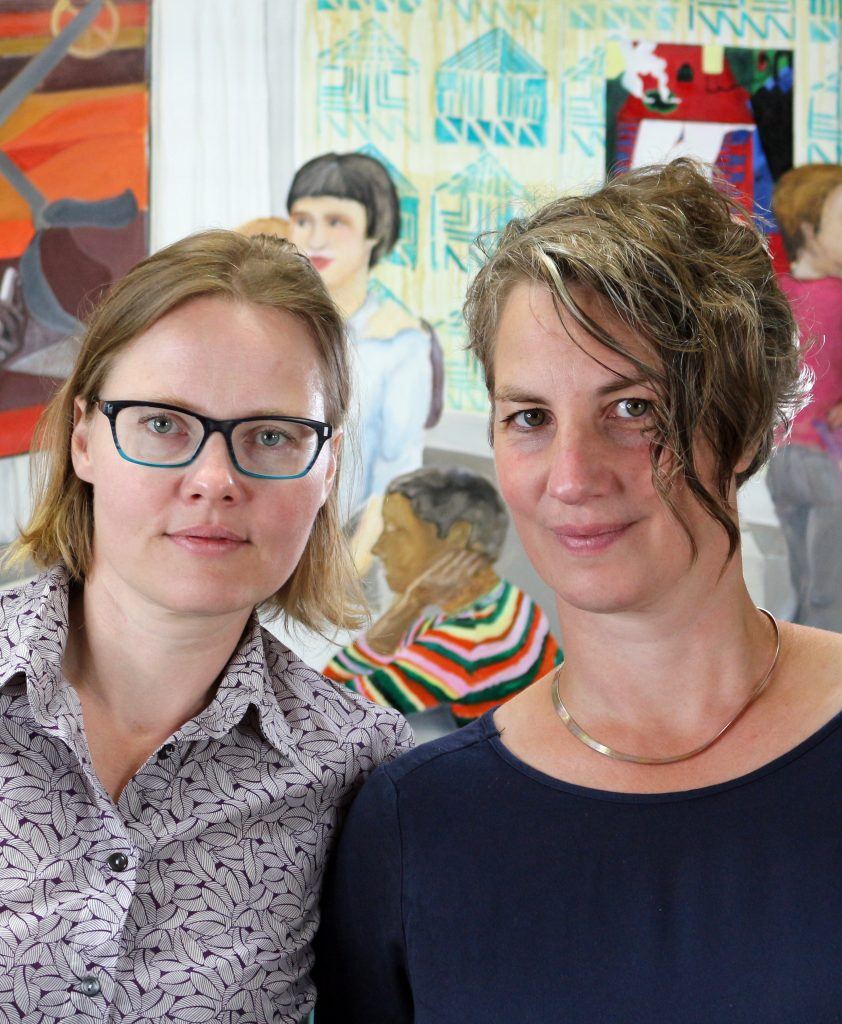by Andrea Scrima
Lydia Hamann and Kaj Osteroth have been working as a collaborative team since 2008. I got to know them in January and February of this year, when they began a year-long residency at the Villa Romana in Florence that was abruptly cut short in early March by the pandemic and the lockdown measures that followed. Hamann and Osteroth studied fine arts in Berlin; their collaborative works—conceptual, feminist, immersed in dialogue and rife with external reference, with one foot firmly planted in queer theory and the other in visual studies— have already acquired an encyclopedic character and have been shown internationally to great acclaim. Their Radical Admiration project spans an impressively prolific period of artistic cooperation that has gone beyond mere rediscovery to critically and convincingly revise historiography and correct the erasures of seminal women artists from the contemporary canon.

Photo: Timothy Speed
Andrea Scrima: Kaj, Lydia, the two of you have been working together on a long-term painting project commemorating a selection of contemporary women artists; over the course of the past thirteen years, a large body of work has evolved that’s attracted the attention of international curators. How did the idea of collaborating first come about?
Kaj Osteroth: The beauty about a long-term collaboration like ours is that the story has been re-written and adapted as we’ve gone along. And each of us recalls a slightly different version.
I like to remember the beginning as a tiny but sparkling, breathtaking first thought: ***this might work***!!! Which became a practice and an even more serious commitment towards one another. That was in 2007, when Lydia and Emma Williams were putting together a workshop for Lady-Fest and invited me to become part of the small initiating group. The idea of continuing to work together was born in never-ending summer talks between Lydia and myself, most likely involving many other people, almost all over Berlin. Today it feels as though we had been meandering and tingling all summer long, until I moved into Lydia’s shared studio space and we began to give our words visual shape. The fact is, we actually started painting much later, because in 2007 we were both still busy finishing university, writing and trying to satisfy the requirements of the academic system. Read more »
